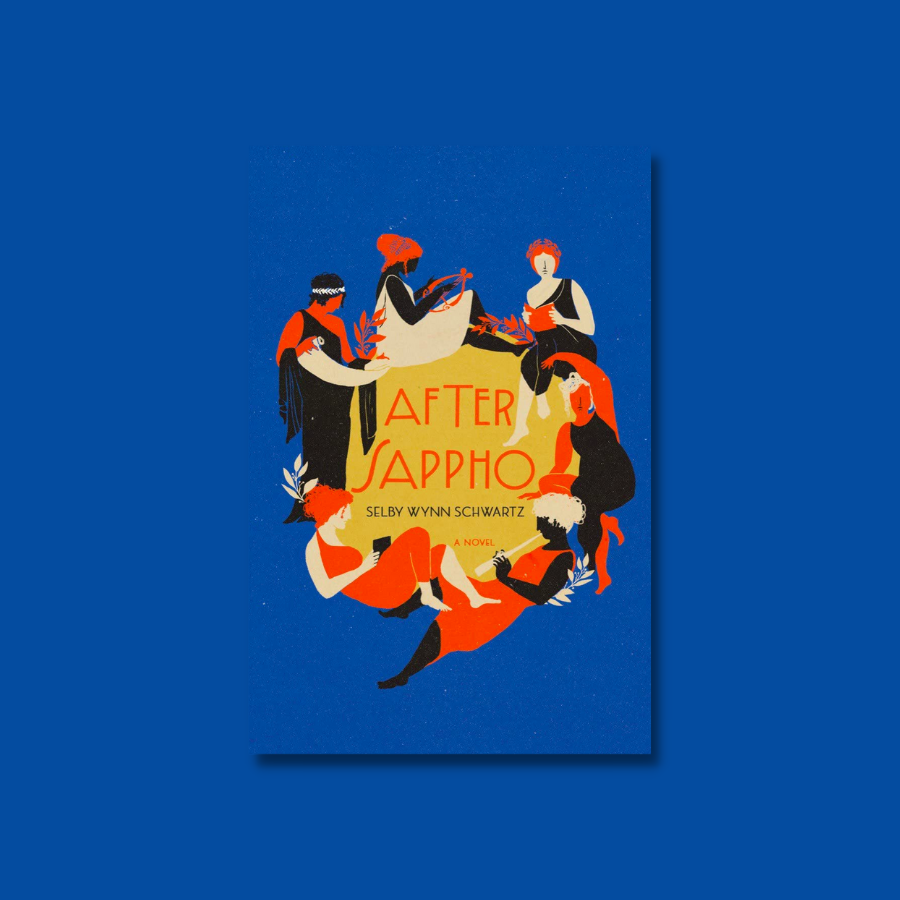Selby Wynn Schwartz’s After Sappho, a light historical fiction, brings together some of Europe’s most beloved (and forgotten) lesbian artists, writers, activists, and actresses, with a few appearances from some of our favorite gay allies. As women’s rights are challenged, built, and destroyed at the turn of the 20th century, they are all guided by the spirit of Sappho.
Whilst reading After Sappho, I tweeted that it made me feel like “the gay powerful woman that I am.” Though grammatically questionable, I stand by that statement.
Though the book is very Eurocentric (and thus less representative of women of color), the story that After Sappho tells of queer women in a fight for basic human rights — ranging from access to education to freedom in marriage and work — is an important one. In telling this story, Schwartz references what feels like hundreds of books, and gives nods to a plethora of writers and queer activists present throughout the early 20th century. In doing so, she gives us a view of the fight for women’s rights from the other side of the pond (assuming you’re from the Americas).
We as readers are provided with a sweeping display of AFAB, non-binary, and trans bodies united in love while embracing various aspects of (modern) feminism. In this, we get a rare glance at how lesbian culture and feminism have worked hand in hand throughout history for social change.
This in itself was a particularly important part of my reading experience, as the LGBTQ+ community is often erased and/or ignored in conversations revolving around socio-political revolutions. This is done in order to better highlight the work of straight, cis, white women, especially in the conversation around women’s rights and the progression of feminism over the last 100+ years.
Even when LGBTQ+ folks are mentioned in various forms of media, there is no celebration of the individual communities referenced by each letter of that umbrella acronym. People tend to forget that Oscar Wilde’s experiences as a gay white man vary from that of Virginia Woolf’s, a cis bi woman, whose experiences vary from that of Marsha P. Johnson, a black trans woman, whose experiences vary from Audre Lorde’s, a lesbian cis black woman.
Each of these communities is distinctive, and they’ve each had a different relationship with feminism and socio-political change.
As much as I appreciated the more nuanced view of feminism and queerness spotlighted in After Sappho, however, the large number of people present in the narrative was at times difficult to juggle. This only worsened as timelines ended, people moved, and various relationships (some polyamorous) formed and disbanded.
The book is written in the third person omniscient. Each historical figure gets roughly two or three paragraphs. The only thing that sets each of them apart is the author’s use of small headers to indicate that someone new is picking up the narrative thread. With 15+ voices being shifted repeatedly throughout the pages, it gets hard to manage.
Nonetheless, After Sappho creates an atmosphere conducive to cottage core Pinterest boards, poetry, picnics, and blankets, forests overlooking the sea, feet tangled beneath fresh linen, classic greek literature, and queer liberation. So for all the light academia queers, here’s your 2023 must-read.
After Sappho by Selby Wynn Schwartz comes out in January.


